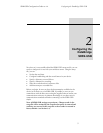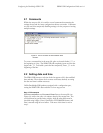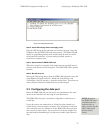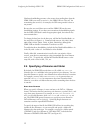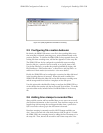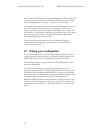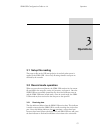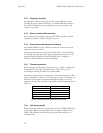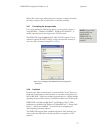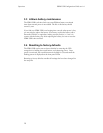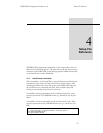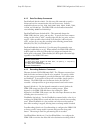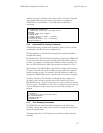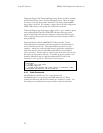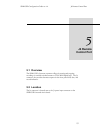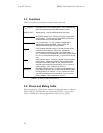
SDR2-USB Configuration Guide rev 1.0 Operations
17
NOTE: If your USB
storage media was
included with
SDR2-USB, it is
already formatted
properly.
Delete files on the target media using your computer or replace the media,
then insert and press the record button to record data normally.
3.2.7 Formatting the storage media
If you have purchased a USB storage device, you may need to format it
using MS-DOS™, Windows 95/98/ME™, Windows NT/2000/XP™, or
another operating system that supports the FAT file system.
The SDR2-USB supports only the FAT and FAT32 file systems. If your
computer supports the NTFS, HPFS, or other advanced file systems, be
sure your card is formatted using FAT or FAT32.
Figure 3.2. Formatting a small USB memory key using the FAT
file system.
3.2.8 Partitions
In some cases, disks are partitioned to contain multiple "virtual" drives on a
single disk. Partitioning is sometimes done to overcome the 2 gigabyte size
limit in MS-DOS™ (and create multiple 2 gigabyte drives), support multiple
operating systems and file systems, or make more efficient use of disk space.
FDISK.EXE (included with MS-DOS™ and Windows 95/98™), Disk
Administrator (included with Windows NT/2000/XP/Vista™), Norton Disk
Doctor™, and Norton DiskEdit™ are useful tools for managing and
analyzing disk partitioning schemes.
The SDR2-USB supports both extended and primary FAT partitions, but
always reads and writes files in the first partition it recognizes as a FAT
partition.



